Drain Jetting vs. Traditional Drain Cleaning: Which Is Best for Your Home?
Clogged drains are a common nuisance that every homeowner deals with at some point. From slow-draining sinks to unpleasant odors and full-blown backups, drain problems can disrupt daily life and even damage your plumbing system if not addressed promptly. When it comes to tackling these issues, you typically have two options: drain jetting or traditional drain cleaning. But how do you know which method is the most effective, efficient, and appropriate for your specific home needs?
Understanding the difference between these two approaches can help you make an informed decision. Whether you're looking to clear a minor clog or ensure your entire plumbing system is free from buildup, choosing the right technique can protect your home and extend the life of your pipes.
Comparing How Each Method Works
Before deciding between drain jetting and traditional cleaning, it's important to understand how each method works. Traditional drain cleaning usually involves snaking, or cabling, which uses a flexible metal rod with a corkscrew-like end to break apart clogs. While this can be effective for clearing blockages near the drain opening or removing hair, grease, or food particles, it doesn't always address the full scope of the issue.
On the other hand, drain jetting—also known as hydro jetting—uses high-pressure water to blast through buildup and debris within your pipes. A specialized nozzle is inserted into the drain and releases water at pressures up to 4,000 PSI, cutting through tree roots, hardened grease, mineral deposits, and more. This method not only clears clogs but also cleans the pipe walls, reducing the risk of recurring issues.
Evaluating How Effective Each Method Is
Effectiveness is one of the key factors to consider when choosing a drain cleaning solution. Traditional methods are usually sufficient for small, surface-level clogs and can be a quick fix for isolated blockages. However, their ability to thoroughly clean the entire drain system is limited. Because snaking only pokes a hole through the clog or pushes it deeper into the system, it often provides only temporary relief.
In contrast, drain jetting offers a comprehensive clean that removes not just the clog, but also any accumulated residue inside the pipes. By fully clearing away sludge, scale, and other materials, this method helps prevent future clogs from forming. For homes that experience frequent plumbing issues or have older systems with years of buildup, jetting may be the more effective long-term solution.
Assessing How Safe Each Method Is for Your Pipes
While both options are generally safe when performed by a professional, some homeowners may worry about the impact of these methods on their plumbing. Traditional snaking, although usually safe for most pipes, carries a slight risk of causing scratches or cracks, especially in older or corroded systems. If improperly used, the metal cable can damage fragile pipe walls or joints.
Drain jetting, while extremely powerful, is also safe for most residential plumbing when done correctly. Professional technicians carefully assess your pipes before performing the service to ensure they can withstand the water pressure. When performed by trained experts, jetting is a gentle yet thorough option that won't damage your pipes—and in fact, may prolong their lifespan by removing corrosive buildup.
Reviewing How Quickly Each Method Works
Speed is another factor that influences which method is best for your needs. Traditional snaking is typically faster to set up and complete, especially for minor clogs. A plumber can often finish the job in less than an hour, making it a convenient choice for small, straightforward problems.
Drain jetting, while slightly more involved, still offers rapid results once the equipment is in place. It may take more time to inspect the pipes, select the correct nozzle, and execute the cleaning, but the process itself is highly efficient. More importantly, jetting eliminates the need for repeated service calls, since it provides a deeper, longer-lasting clean. In many cases, this can save you time in the long run.
Considering How Long the Results Last
When evaluating cleaning methods, it's important to look beyond the immediate fix and consider the longevity of the results. Traditional snaking might resolve your issue today, but if the root cause isn't addressed, it's likely to return. This method often leaves behind residue or buildup that gradually reforms into another clog.
Drain jetting, however, delivers long-term results by thoroughly cleaning the interior walls of your plumbing system. This not only removes existing debris but also prevents new clogs from forming as quickly. For homeowners tired of recurring drain issues, jetting offers peace of mind and a cleaner, more efficient plumbing system overall.
Weighing How Much Each Method Costs
Cost is always a concern when choosing plumbing services. Traditional drain cleaning is typically more affordable upfront. It involves less equipment and time, which often makes it a budget-friendly option for minor issues. However, if you find yourself needing frequent cleanings, those repeated service calls can add up.
While drain jetting may have a higher initial cost, it can be more economical over time. By eliminating the need for frequent repeat cleanings, it can actually save you money in the long run. It also minimizes the chances of more expensive problems developing down the line—such as burst pipes or water damage from recurring clogs.
Factoring in How Common These Services Are
The rising popularity of drain jetting reflects its effectiveness and reliability. According to Global Information Inc., the U.S. sewer and drain cleaning services market was valued at $1.50 billion in 2023 and is projected to reach $2.49 billion by 2031. This growth is driven by a demand for more efficient, eco-friendly, and thorough plumbing solutions—qualities that jetting clearly delivers.
At the same time, traditional methods remain widely used and can be the right choice for certain situations. The key is understanding the condition of your plumbing and the nature of your clog so you can choose the most appropriate method.
Exploring When to Choose Each Method
Both drain jetting and traditional drain cleaning have their place, depending on the nature of your plumbing issue. For a one-time blockage caused by hair, soap, or food particles, a traditional snake might be all you need. It's quick, affordable, and effective for simple jobs.
However, if you're experiencing frequent clogs, slow drains throughout the house, or older pipes that haven't been cleaned in years, jetting is likely the better investment. It addresses not just the immediate blockage but also the underlying causes, offering a more permanent solution.
Jetting is also an excellent preventative maintenance tool. Homeowners can schedule periodic jetting to keep their plumbing system operating at peak efficiency and avoid future problems.
Determining Which Method Is Best for Your Home
Ultimately, the best method depends on your specific circumstances. A reputable plumber can inspect your system and recommend the ideal approach based on your home's plumbing layout, the severity of the clog, and your maintenance history. Many plumbing professionals, like those at ABC Drain & Plumbing, offer both options and can guide you to the most effective solution.
In many cases, drain jetting is the superior choice for comprehensive cleaning, long-term savings, and reduced risk of future clogs. For quick fixes or minor blockages, traditional snaking may still be the right tool for the job.
Choosing a Reliable Drain Cleaning Partner
Regardless of the method you choose, partnering with an experienced and trustworthy plumbing service is essential. ABC Drain & Plumbing has the tools, training, and technology to perform both traditional and advanced drain cleaning methods safely and effectively. Whether you're dealing with a stubborn clog or simply want to maintain a clean, functional plumbing system, our team can help you choose the best option for your home.
With years of experience in residential plumbing, we understand how to tailor our services to meet your unique needs. Our commitment to quality, transparency, and customer satisfaction makes us a top choice for homeowners seeking dependable drain cleaning solutions.
Making the Right Decision for Your Plumbing
Choosing between drain jetting and traditional drain cleaning is not just a matter of cost or convenience—it's about making a smart, informed decision for the long-term health of your plumbing system. Jetting provides a deeper clean, reduces the risk of future clogs, and helps maintain the efficiency of your pipes. Traditional methods still have value, especially for quick or shallow clogs.
By understanding how each method works, what each offers, and when to use them, you can protect your home from the inconvenience and cost of recurring plumbing issues. When in doubt, consult a plumbing expert like ABC Drain & Plumbing to ensure you're taking the best approach for your home. Call us today!
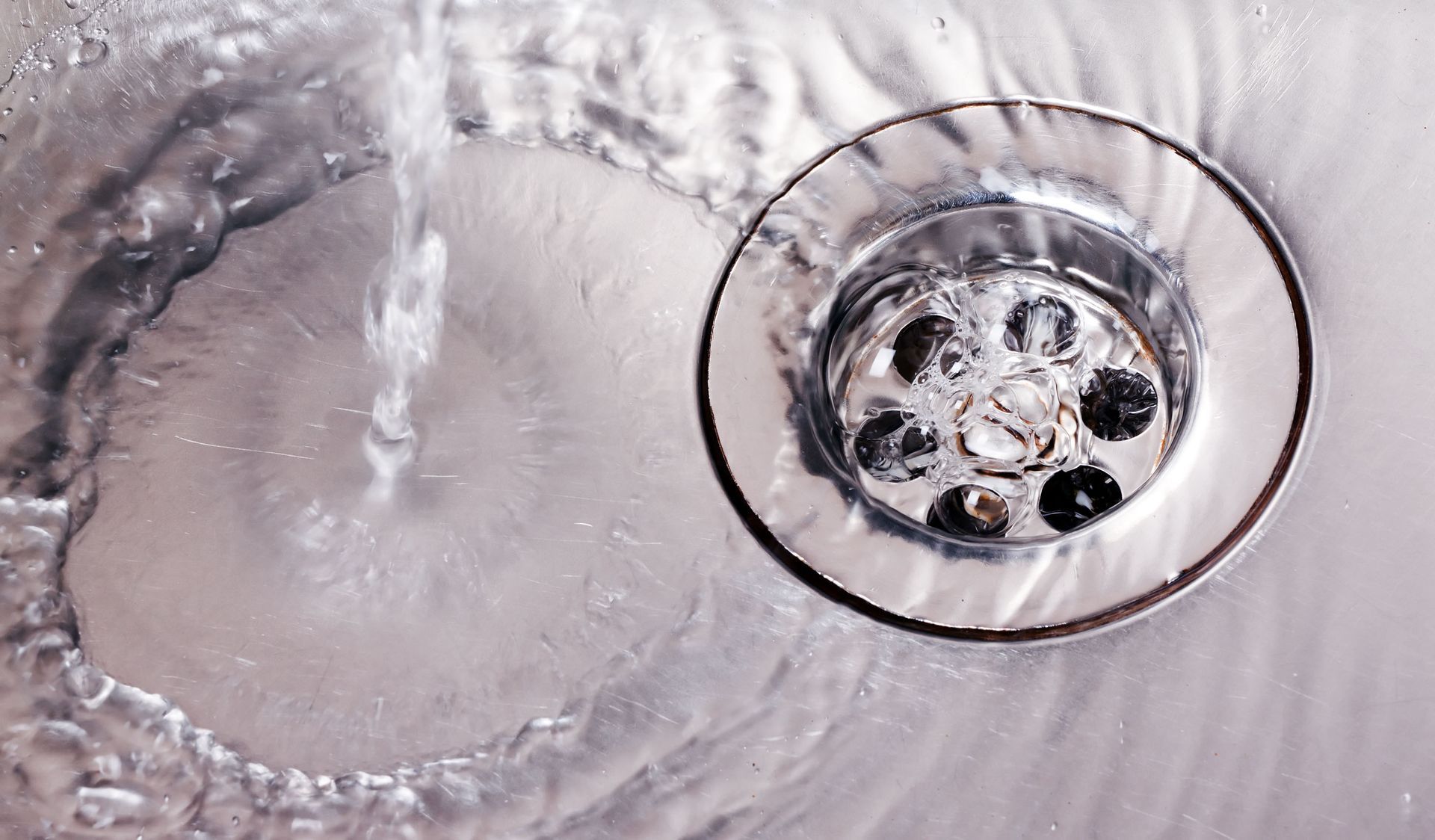
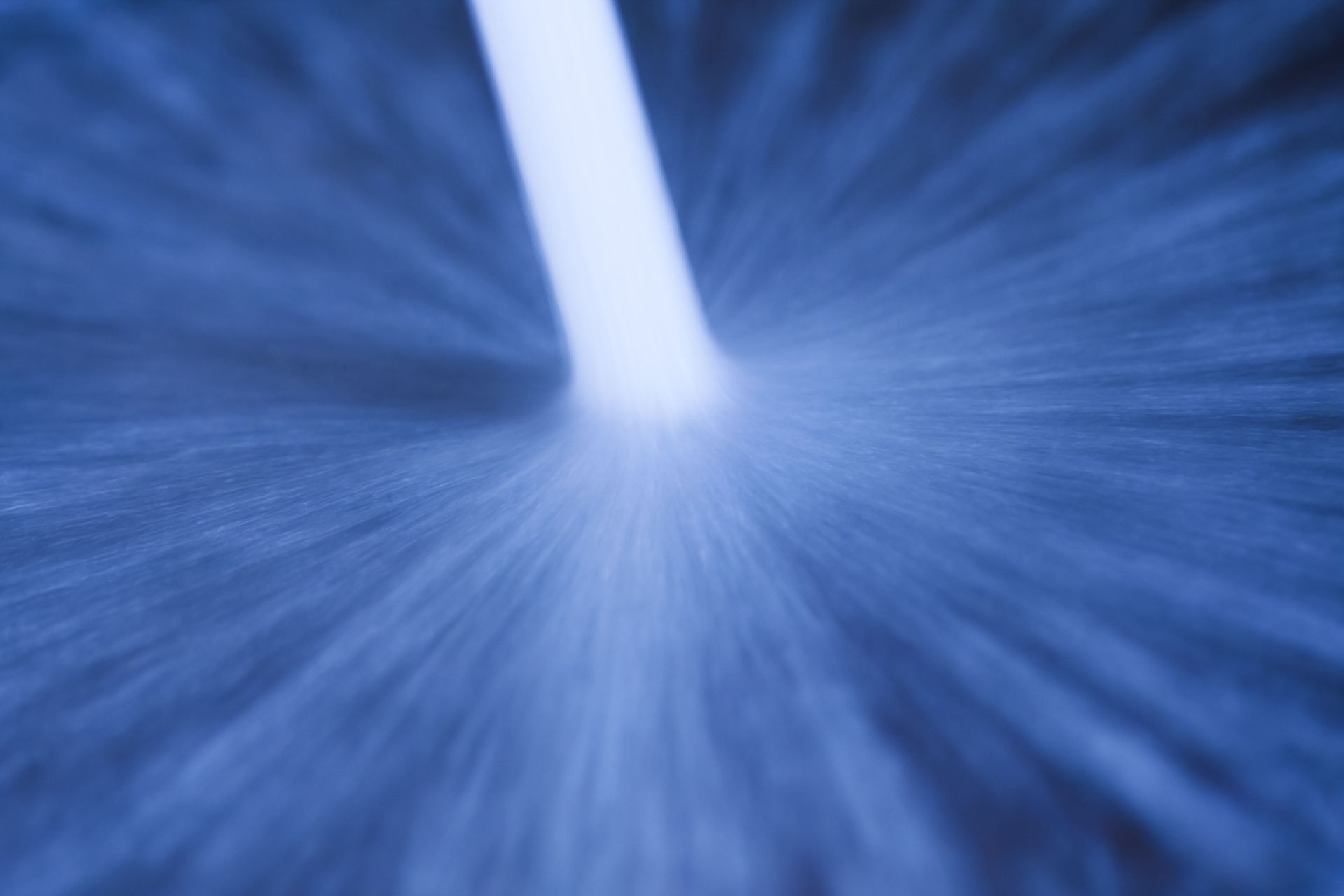
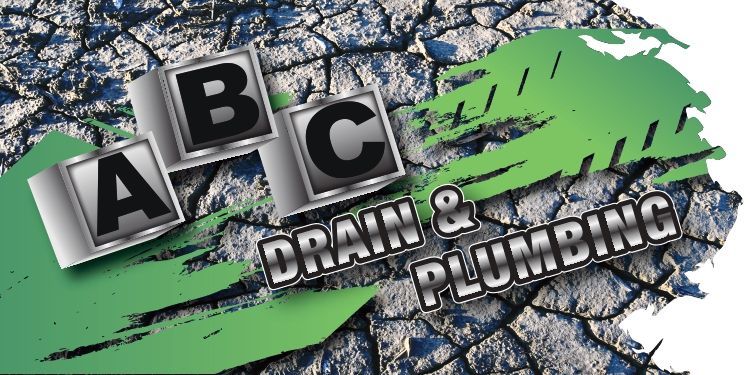
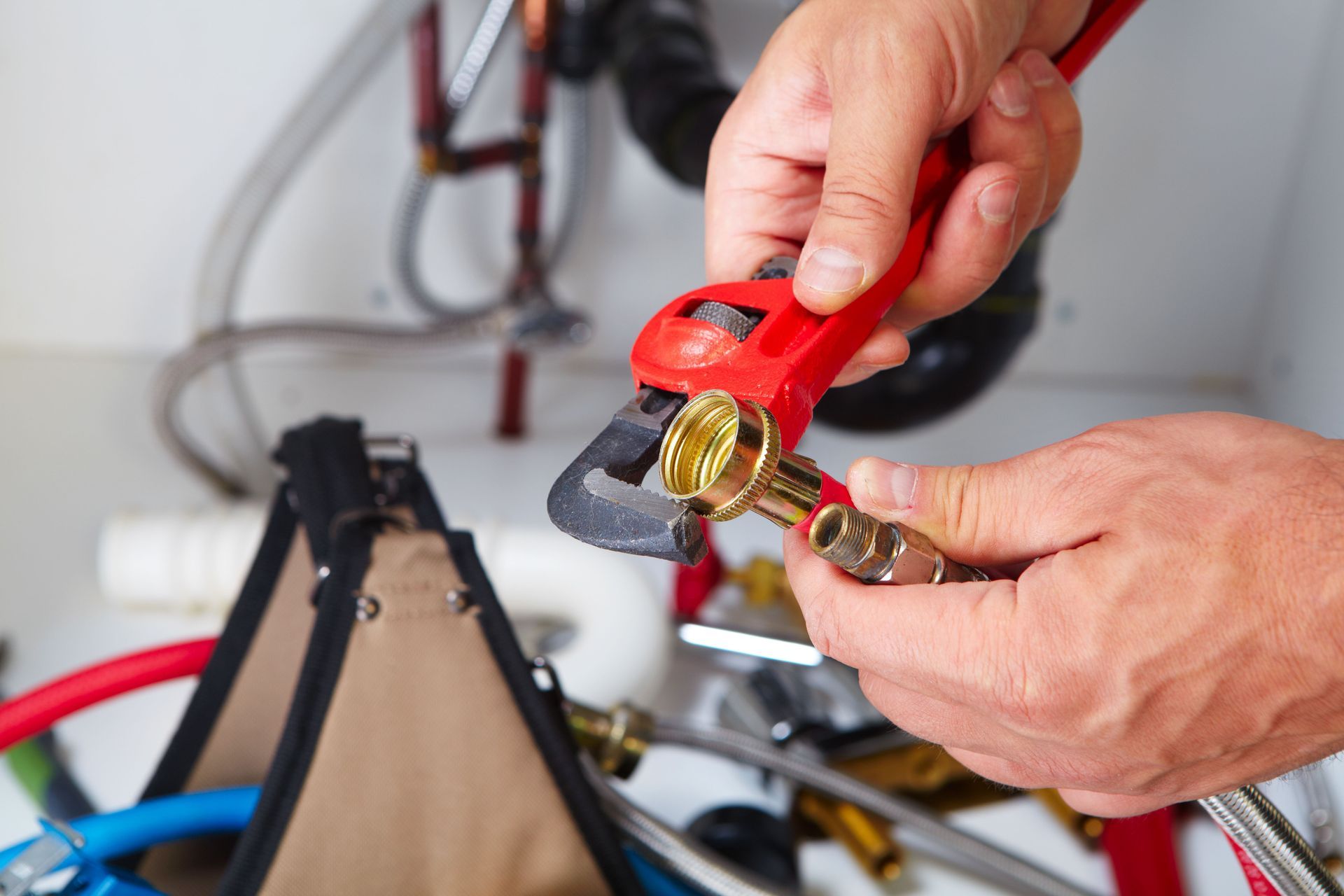
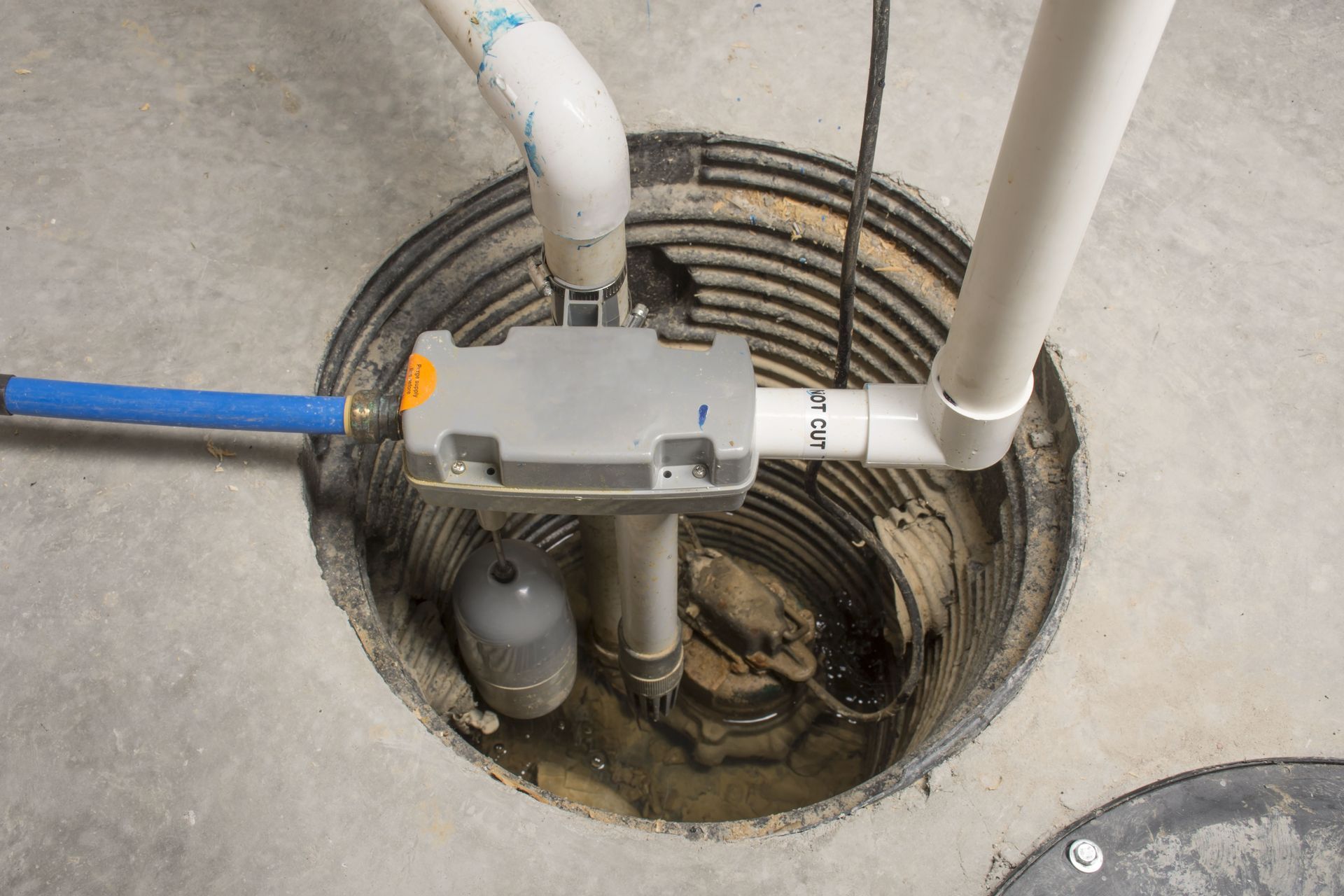
Share On: